On Sunday, March 17th, that special day, St. Patrick’s Day, is observed and celebrated. Although North America is home to the largest productions, St. Patrick’s Day is celebrated around the world in locations far from Ireland, including Japan, Singapore and Russia.
Celebrations usually include parades, special foods, parties, music, dancing, lots of drinking, and GREEN attire!
All About St. Patrick and The Day
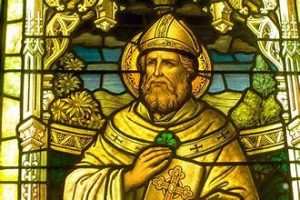
Ironically, Saint Patrick was born in Great Britain – not Ireland – to wealthy parents, near the end of the fourth century. When he was 16 years old, Patrick was taken prisoner by a group of Irish raiders who were attacking his family’s estate. He was transported to Ireland where he spent six years in captivity.
Saint Patrick was the patron saint of Ireland. He is believed to have died on March 17th, around 460 A.D., and St. Patrick’s Day observes his death, while celebrating the heritage and culture of the Irish in general.
Symbols and Traditions
There are several symbolic and traditions associated with St. Patrick’s Day, such as shamrocks, the color green, leprechauns, and a favorite meal for many: corned beef and cabbage!
* Shamrocks

Saint Patrick was looking to convert the Irish into Christians. He often used a shamrock as a metaphor when teaching about the Holy Trinity, where the Father, the Son, and the Holy Spirit are three persons in one. The three leaves are also said to stand for faith, hope, and love. They are considered ‘lucky’ when they have four clovers instead of three!
* The Color Green
In the 18th century, the shamrock became a national symbol of St. Patrick’s Day festivities. Because of the popularity of the shamrock and Ireland’s beautiful, green landscape (thus nicknamed ‘The Emerald Isle’), the color green stuck with the day.
A great Chicago tradition is the (green) dyeing of the Chicago River during St. Patrick’s Day celebrations. Eco-friendly dye is used to turn the river green for about 5 hours, and is one of the most unique celebrations in the world!
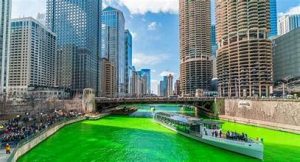
* Leprechauns

A leprechaun is a mythical miniature man of Irish folklore. Contrary to popular belief, leprechauns were not thought of as jolly, friendly, cereal box creatures, but solitary, often cranky, mischievous creatures. Leprechauns were said to be shoemakers who stashed their profits in pots and hid them at the end of rainbows, and good luck comes to anyone that spots one of the evasive creatures.
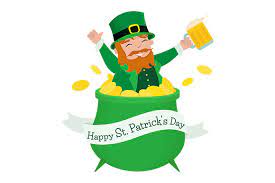
* Corned Beef and Cabbage
Surprising to many, corned beef is not an Irish national dish, and it’s typically only eaten around St. Patrick’s Day, here in the U.S.
During Irish immigration to the U.S. in the late 19th century, Irish Americans were in search of comfort foods from their homeland, such as boiled Irish bacon. However, the new immigrants were too poor and could not afford the high price of pork and bacon. At Jewish delis and lunch carts, they experienced corned beef and enjoyed its similarity to Irish bacon. It was inexpensive, and pairing it with cabbage was also based on cost efficiency.
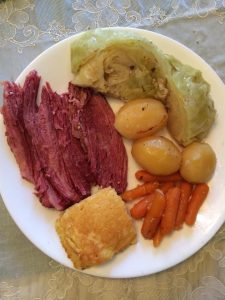
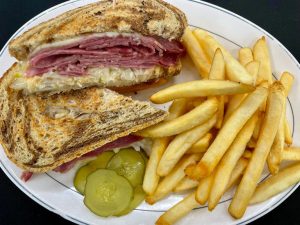
Celebrating around Chicago
- The dyeing of the Chicago River will take place on Saturday, March 16, at 10 a.m., prior to the grand St. Patrick’s Day parade.
- One of the country’s largest St. Patrick’s Day parades kicks off in Chicago at 12:15 p.m., departing from the intersection of Columbus and Balbo Drives.
- See HERE for great information on things to do, restaurant specials, and much more.

Why not book a reservation with Fellowship Fleet Limousine and Bus Company to transport you safely as you celebrate St. Patty’s Day? Click HERE to reserve your transportation for this weekend, or for any other event!





